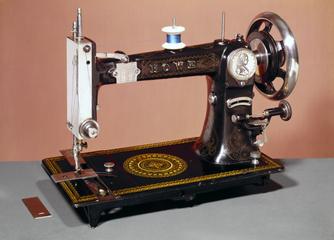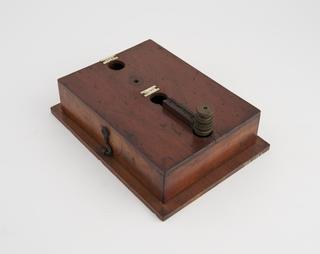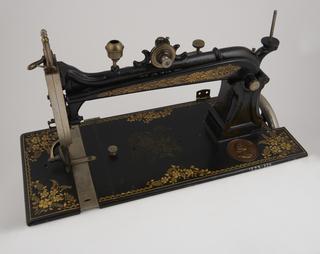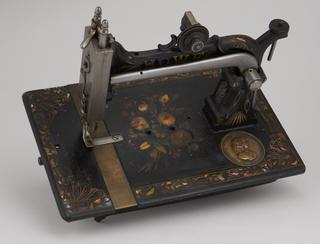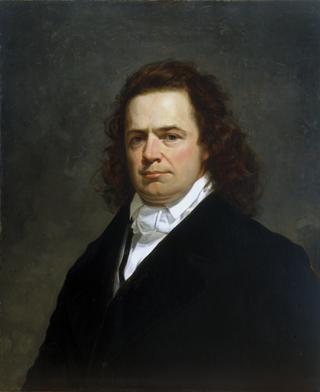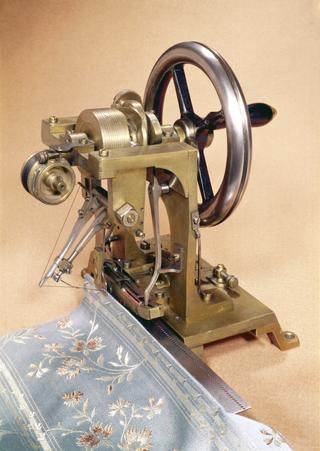
Elias Howe 1819 - 1867
- occupation:
- Inventor
- Nationality:
- American
- born in:
- Spencer, Worcester county, Massachusetts, United States
Son of an English immigrant farmer, Elias Howe Jr. pioneered the lock stitch sewing machine, and filed what was only the fourth US patent for a sewing machine on 10 September 1846, at Cambridge, Massachusetts. However, while his patented design embodied most of the essential features of a sewing machine it was not made in quantity; at 300 dollars it was considered too expensive and did not sell. His patent was licenced to many manufacturers, including his brother Amasa, who established the Howe Sewing Machine Company of New York in 1853/4. Elias had already embarked on a series of legal battles against other manufacturers, on the grounds that they had been using his patented ideas to improve their own products (especially while he'd been away in England from 1846-1849, trying but failing to market his invention) - and on one occasion he took on and beat the formidable Isaac Singer. This series of litigation cases situation was overcome by the formation of the 'Sewing Machine Combination' in 1856. This awarded Howe 5 Dollars for every machine made by the 24 member companies. Between the years 1856 to 1867, when the patent expired, Howe earned over 2 million dollars as his share of the license fees. In 1865 he established the Howe Machine Company at Bridgeport, Connecticut. Patent dates inscribed on one of the company's lock stitch sewing machines (1888-326) extend beyond his death in 1867, so further patents were probably taken out by others associated with the company which was taken over by his sons-in-law, the Stockwell Brothers. Elias Howe's company, bought Amasa's in 1873, and manufactured both at Bridgeport and New York. It ceased trading around 1887-1888.
